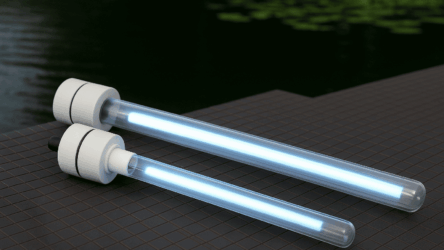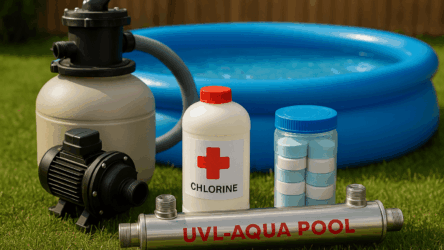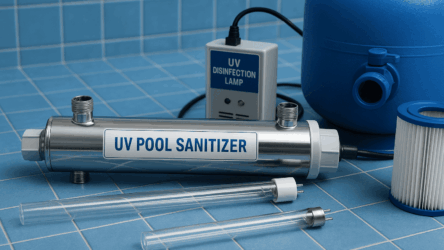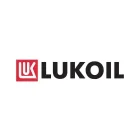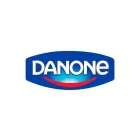A wide range of microorganisms thrive in the air around us and on the surfaces we touch daily. Some of these microbes pose serious health risks, leading to infections, allergic reactions, food contamination, and other harmful consequences. In high-risk areas such as healthcare, hospitality, and public transportation, sterilization is crucial to maintaining hygiene and safety. To combat these threats, several sterilization methods have been developed:
- Steam sterilization – Commonly used at home for baby items and kitchenware, as well as in the food industry for utensils and equipment.
- Chemical sterilization – Utilizes alcohol-based or specialized disinfectant solutions, frequently applied in medical facilities, cosmetology, and industries with stringent hygiene standards.
- Radiation sterilization – Involves ionizing radiation for industrial and medical applications, requiring specialized facilities and costly equipment.
While each method has its advantages, they often require significant time and effort. In recent years, ultraviolet (UV) disinfection has gained popularity as an efficient and convenient method for sanitizing surfaces and objects.
Ultraviolet light treatment: a cutting-edge approach
UV disinfection is widely used in water purification, air sterilization, and food packaging. High-powered UV systems are employed in industrial settings, but compact germicidal UV lamps are also available for home use, offering an effective alternative to traditional sterilization methods.
UV light used for disinfection operates at a wavelength of 254 nm, effectively breaking the DNA and RNA of bacteria, viruses, mold spores, and fungi, rendering them inactive.
Benefits of UV Disinfection:
- Fast sterilization – Can eliminate microorganisms in under a minute when positioned close to the surface.
- Ease of use – Simply switch on the lamp near the object to be sterilized.
- Eco-friendly & non-contact method – No chemicals or moisture involved, making it safe for many surfaces.
- Affordable household solutions – Cost-effective alternatives for maintaining hygiene at home.
Limitations:
- Strict safety precautions – Direct exposure to UV light is harmful to humans, pets, and plants.
- Limited penetration – Only works on surfaces directly exposed to UV rays, meaning shaded areas remain untreated.
Practical Applications of UV Lamps at Home
1. UV sterilization instead of steam treatment
Unsterilized food packaging and baby products can be breeding grounds for harmful microbes. Unlike steam sterilization, UV light can safely disinfect plastic and paper containers without causing damage. Simply placing the item under a UV lamp for a few minutes ensures effective decontamination.
2. Disinfection of outerwear after exposure to public spaces
Crowded areas expose us to countless microorganisms. Ideally, outerwear should be kept separate in an entryway or, even better, disinfected. A UV lamp installed in a closet can effectively neutralize 99.9% of bacteria and viruses in just a few minutes.
3. Sanitizing frequently touched items
Everyday objects such as mobile phones, toothbrushes, and remote controls accumulate large amounts of bacteria. UV disinfection offers a contact-free, moisture-free solution that ensures thorough sanitization within seconds. Many specialized UV sanitizers for personal items are available today.
4. Cleaning musical instruments
Wind instruments such as flutes and harmonicas require meticulous cleaning after each use. While external surfaces can be wiped with disinfectants, UV light provides a non-contact solution for hard-to-reach areas, ensuring comprehensive sanitation.
Conclusion
These are just a few of the many ways UV disinfection can be applied in daily life. Germicidal ultraviolet technology is a safe, effective, and chemical-free method for maintaining a hygienic environment. For all these purposes, our quartz UV sterilization kit, available on our website, offers a reliable solution for home and professional use.


